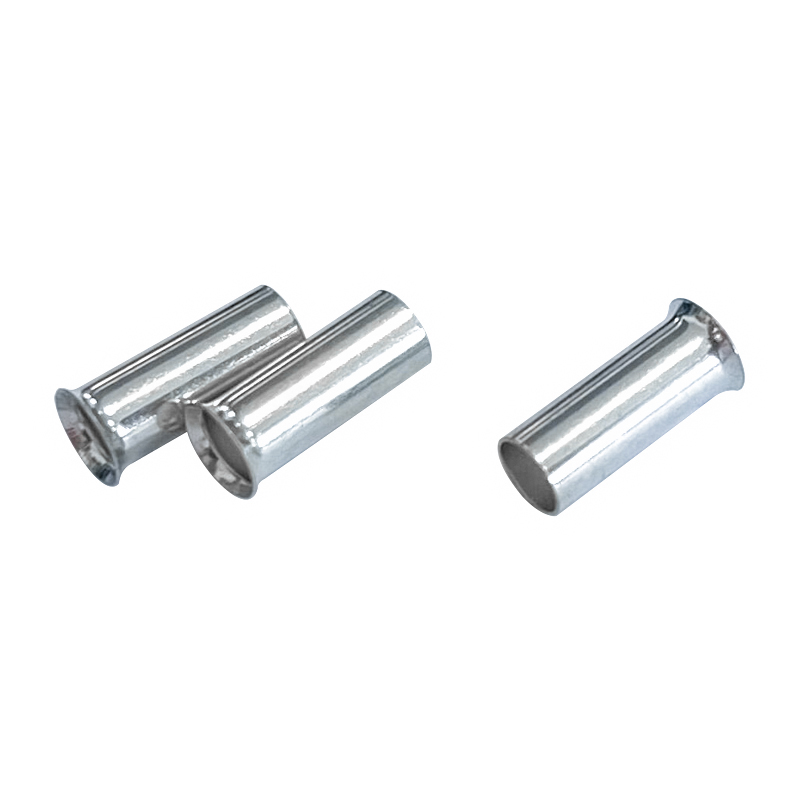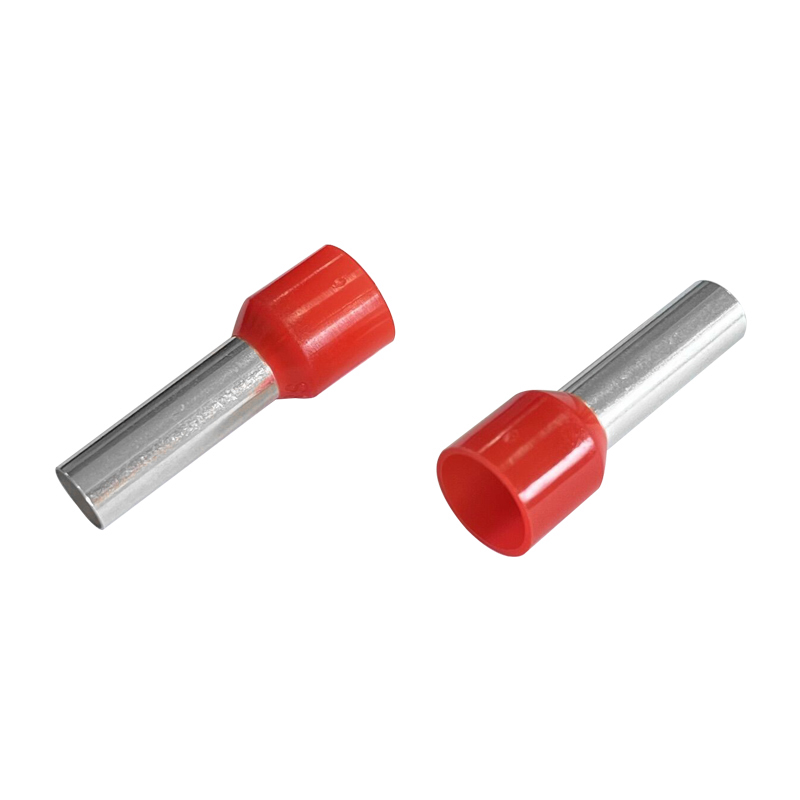O QUE VOCÊ ESTÁ PROCURANDO?
O QUE VOCÊ ESTÁ PROCURANDO?
Em engenharia elétrica e sistemas de fiação, as pessoas frequentemente confundem os termos conector e terminal. À primeira vista, eles podem parecer intercambiáveis, mas, na prática, atendem a propósitos diferentes. Entender suas diferenças é essencial para garantir instalações elétricas seguras, eficientes e duradouras.


Conector: Um dispositivo que conecta dois ou mais circuitos elétricos. Geralmente inclui invólucros, mecanismos de travamento e, às vezes, vários terminais internos. Os conectores podem ser desconectados e reconectados sem ferramentas na maioria dos casos.
Terminal: O ponto final ou interface específica onde um fio é fisicamente conectado. Um terminal pode envolver crimpagem, soldagem ou fixação para fixar o fio e garantir a transferência de corrente. Ao contrário dos conectores, os terminais se concentram mais na interface real do fio com o contato.
Resumindo, cada conector pode conter vários terminais, mas nem todos os terminais fazem parte de um conjunto de conectores.
Os terminais são essenciais porque afetam diretamente a condutividade, a resistência e a geração de calor. Um terminal de baixa qualidade aumenta a resistência, levando a quedas de tensão e possível superaquecimento. Em máquinas industriais, mesmo um aumento de 0,05 Ω na resistência de um terminal pode aumentar o calor localizado em 15–20 °C, reduzindo significativamente a vida útil do fio.
Para aplicações como fiação automotiva, gabinetes de controle industrial e distribuição de energia, selecionar o tipo correto de terminal é tão importante quanto escolher o fio em si.
Diferentes ambientes e cargas elétricas exigem tipos de terminais específicos. Abaixo, alguns amplamente utilizados:
| Tipo de terminal | Material/Design | Caso de uso típico | Vantagens |
| Terminal de cabo com isolamento de nylon | Cobre com manga de nylon | Painéis de controle, fios finos | Evita o desfiamento dos fios, fácil crimpagem |
| Terminal de tubo de cobre | Tubo de cobre puro, estanhado | Conexões de alta corrente, cabos de bateria | Baixa resistência, excelente condutividade |
| Terminal de cabo não isolado | Virola de cobre nua | Espaços compactos, onde o isolamento não é necessário | Opção de crimpagem econômica e confiável |
Este tipo de terminal é amplamente utilizado em armários de controle e caixas de distribuição. O isolamento de nylon impede que os fios se espalhem, garantindo que cada fio de cobre conduza a corrente uniformemente. De acordo com as normas IEC, as ponteiras podem melhorar a estabilidade do fio em até 40% durante inserções repetidas em blocos de terminais.
Por exemplo, em um fio fino de 2,5 mm², sem ponteira, as perdas de inserção podem aumentar em 12–15%. Com uma Terminal de cabo com isolamento de nylon, os fios permanecem alinhados, melhorando a eficiência da corrente e reduzindo o afrouxamento a longo prazo.
Ao lidar com correntes mais altas, como conexões de bateria, cabos de motor ou saídas de inversor, o Terminal de tubo de cobre é a escolha mais confiável. A condutividade do cobre é de cerca de 58 ms/m, quase 10 vezes maior que a do alumínio, o que significa menor acúmulo de calor e menor perda de potência.
Esses terminais são frequentemente estanhados para resistir à oxidação e podem suportar correntes acima de 100 A, dependendo do tamanho do cabo. Em aplicações automotivas, um terminal de tubo de cobre pode reduzir o aquecimento da junta em quase 25% em comparação com terminais de crimpagem genéricos.
Nem todas as aplicações requerem isolamento. Em espaços compactos ou quando o terminal é posteriormente inserido em um invólucro isolado, o Terminal de cabo não isolado torna-se a opção econômica e prática.
Apesar de simples, ele garante que fios multifilares não se deformem sob a pressão do parafuso. Dados de campo mostram que terminais não isolados crimpados corretamente podem reduzir falhas na fiação em mais de 30% em painéis de controle industriais, em comparação com fios desencapados.
Quando você deve se concentrar em terminais em vez de conectores?
1. Os terminais são melhores quando:
A prioridade é a condutividade e o contato seguro do fio.
O fio será fixado dentro de um bloco, painel ou terminal.
A instalação requer resistência de contato mínima.
2. Os conectores são melhores quando:
Você precisa de desconexão e reconexão rápida.
Vários circuitos devem ser unidos em um invólucro modular.
A proteção ambiental (impermeabilização, resistência à vibração) é essencial.
Por exemplo, um inversor solar pode usar conectores no lado do painel para facilitar a manutenção, mas dentro da caixa do inversor, os fios são fixados com terminais para máxima estabilidade.
Embora os termos conector e terminal sejam frequentemente usados de forma intercambiável, eles desempenham funções diferentes em sistemas elétricos. Os conectores priorizam a modularidade e a conveniência, enquanto os terminais se concentram na condutividade e na confiabilidade a longo prazo.
À medida que os sistemas elétricos se tornam mais complexos — seja em veículos elétricos, energia renovável ou automação industrial — o desempenho de terminais como o Terminal de Cabo Isolado em Nylon, o Terminal de Tubo de Cobre e o Terminal de Cabo Não Isolado impactará diretamente a eficiência e a segurança. Selecionar o tipo correto para o trabalho não é apenas uma questão de custo, mas também de desempenho e durabilidade.